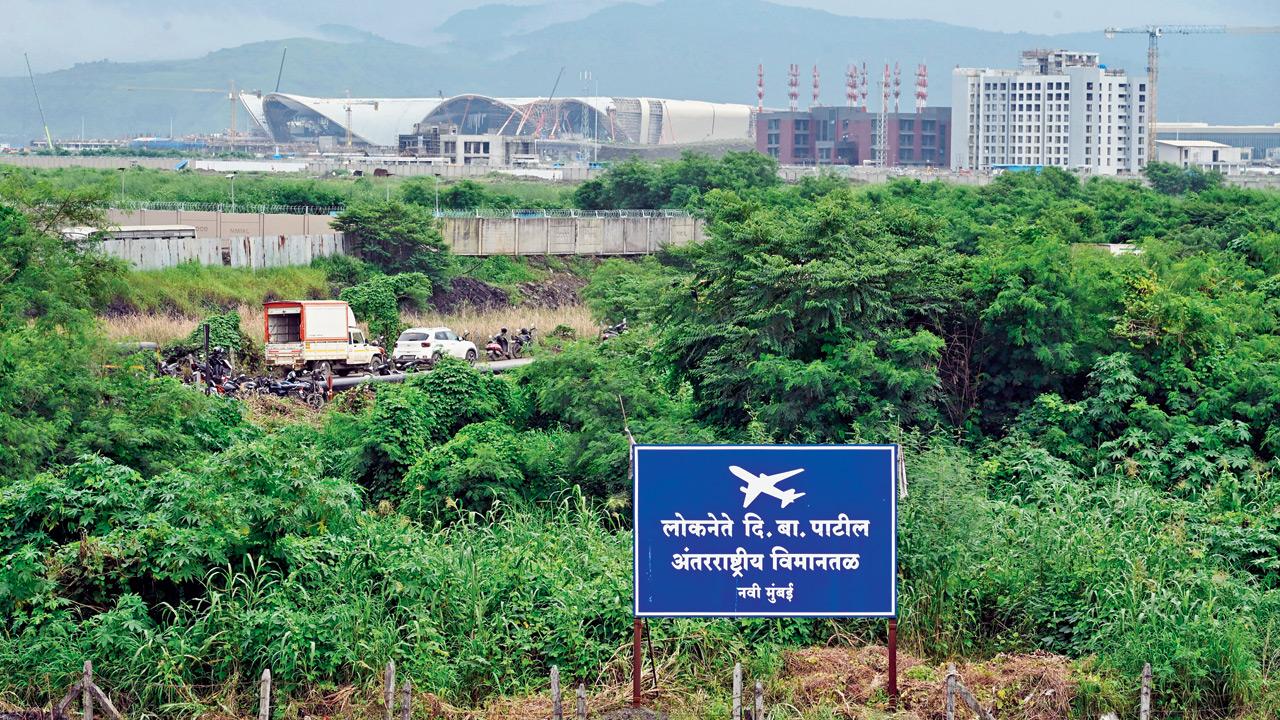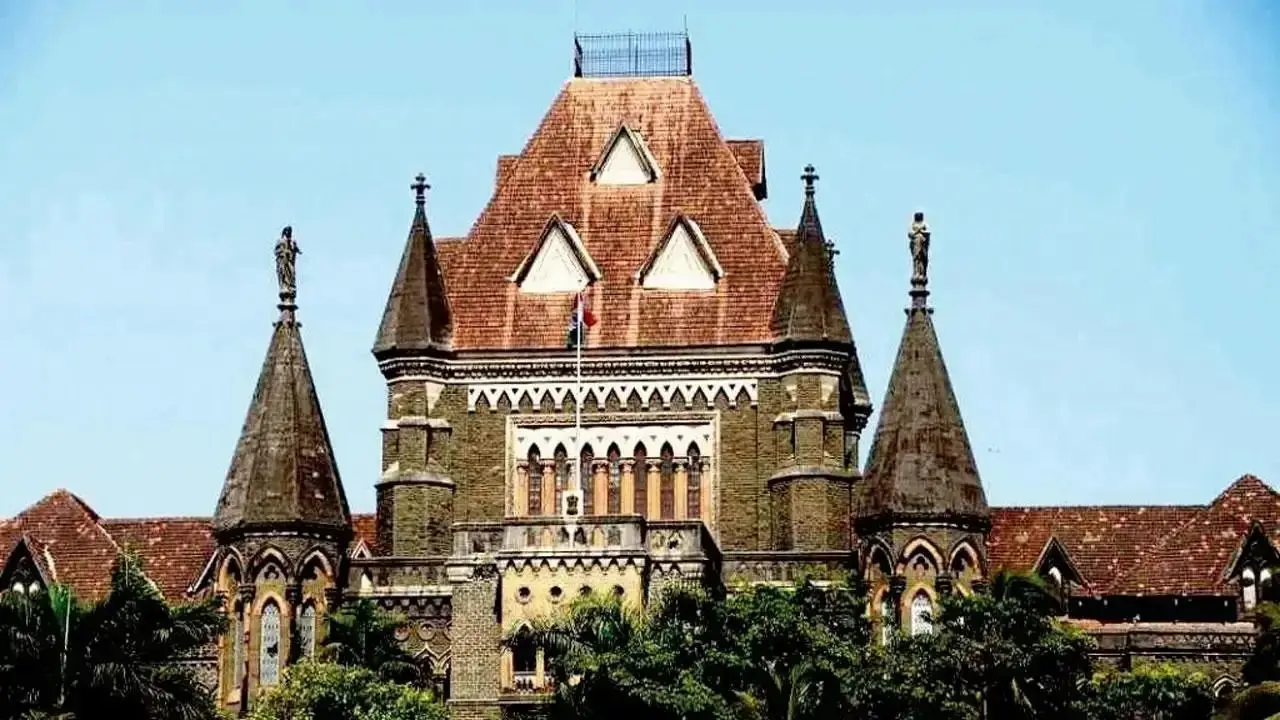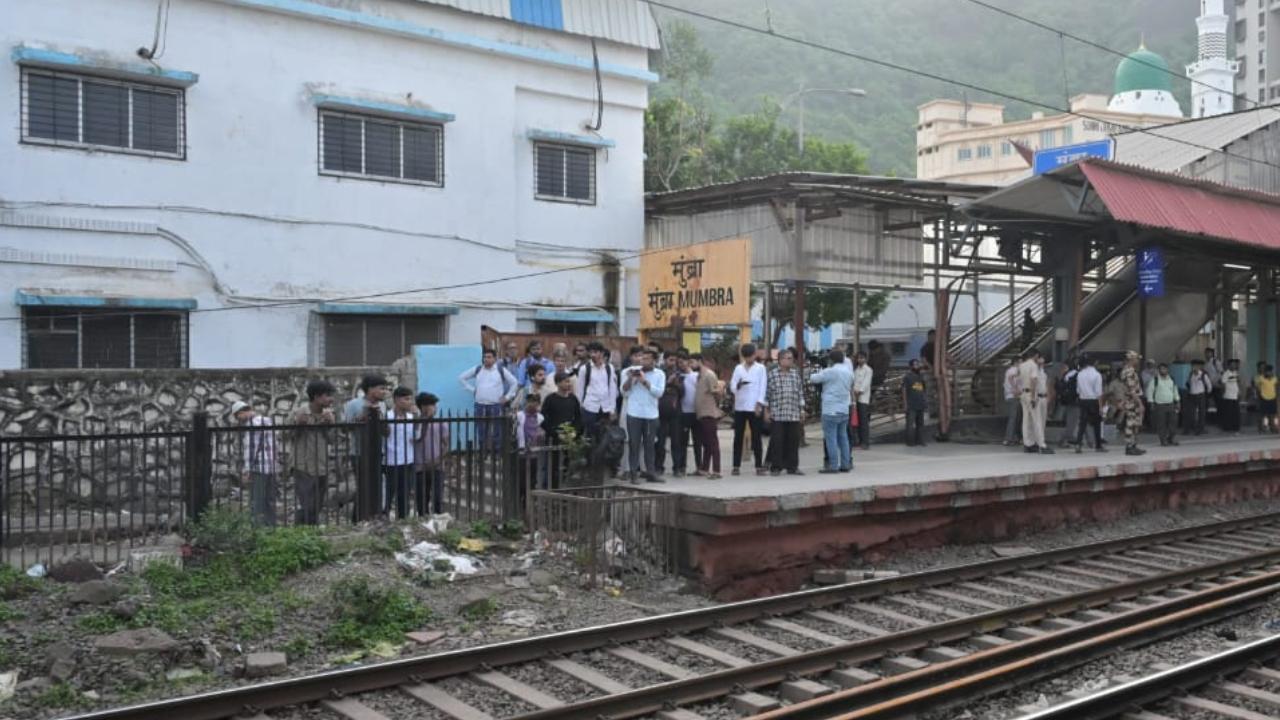Planning a new airport from scratch has been anything but easy. The idea of building one in Navi Mumbai was first floated in 1991. Surveys, studies, and examinations followed, but it wasn’t until 2007 that the project received in-principle approvals. There were numerous challenges. The land had hilly terrain, a creek running through it, and two villages. Over the years, engineers tackled each obstacle, transforming the site into what is now a major airport of global standards.
“The engineers began by flattening the hill surfaces. In Navi Mumbai, stormwater gushes down from steep hills and meets tidal waters, raising levels by 4–5 metres within hours. The developable area lay between Ulwe creek and the Matheran ranges. The project required re-routing the Ulwe Creek and filling low-lying areas,” said an official.
The lotus-inspired departure hall at Navi Mumbai International Airport. Pic/By Special Arrangement
To manage this, the Central Water & Power Research Station (CWPRS), Pune, was engaged to study the region’s hydrology. The study reviewed the extreme rainfall of July 26, 2005, as well as 100- and 50-year return period rainfalls for five rivers in the Panvel creek region. It also predicted how water levels would rise with urban development, both with and without the airport.
“Safe elevation for the airport was determined after considering cyclone surges, wind waves, potential sea-level rise, and even the very low probability of a tsunami. The study also designed the Ulwe river diversion channel and recommended flood-protection measures,” the official added.
The land was raised by 8–9 metres, and extensive mangrove plantations were developed around the site. The Navi Mumbai Development Plan was amended to mark these areas as No Development Zones, creating a protective green buffer. Connectivity infrastructure has been built with CRZ and forest clearances in place, while the Bombay Natural History Society (BNHS) is monitoring bird activity to mitigate potential threats.
Operations timeline
Ahead of the planned inauguration on September 30, the Central Industrial Security Force (CISF) and Bureau of Civil Aviation Security (BCAS) will take over for review and preparations. Domestic operations are expected to begin by December 2025, with international flights likely to start by February 2026.
Green airport highlights
Solar energy: Airside generation + rooftop solar on all buildings
Electric mobility: 100% EVs across airside and landside
Low emissions: Automated People Mover (APM) to cut vehicle traffic
Water conservation: Retention tanks, ponds, and water features
Sustainable fuel: SAF adoption to cut emissions by ~65 per cent by 2050
Green landscaping: Large tree cover and open spaces
Waste management: Recycling of organic waste and wastewater
Natural light: Skylights in terminal roofs
Public transport first: Strong systems to reduce private vehicle use











